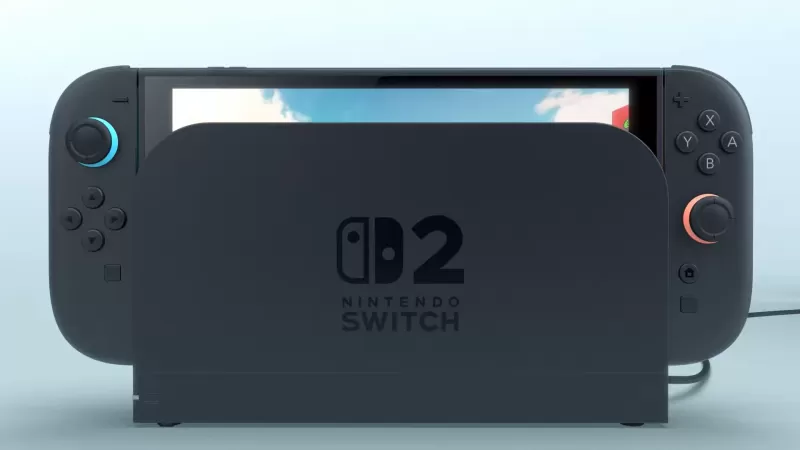Millennium PC: A Comprehensive Review
When shopping for a gaming PC, you have several options. You could opt for a mass-produced prebuilt system from brands like Alienware, or go for an expensive but highly customizable boutique build. The Origin Millennium strikes a balance between these two extremes. It's undeniably a high-end gaming system, yet it doesn't boast the flamboyant design elements found in builds from Maingear or Falcon Northwest.
Instead, the Origin Millennium is a robust custom-ordered gaming rig built with standard components. It's the kind of system you could build yourself, but without the hassle of cable routing. However, you might have to deal with the challenge of transporting a hefty wooden crate, as I did, to your apartment.
Purchasing Guide
You can purchase the Origin Millennium starting at $2,788, but this base model comes with an Intel Core i5-14600K and no discrete graphics card, making it less than ideal for the price. Fortunately, Origin's website allows you to customize the system with a wide array of components. Just remember, the more powerful the configuration, the higher the cost.
Origin Millennium – Photos
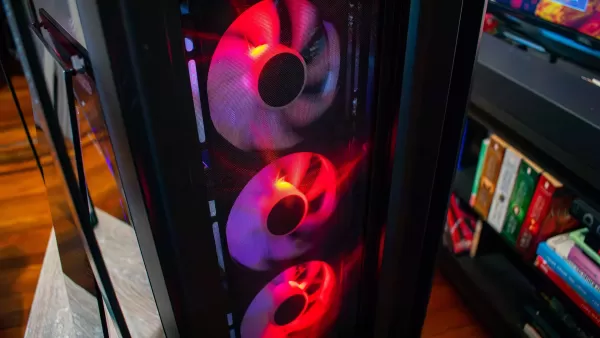
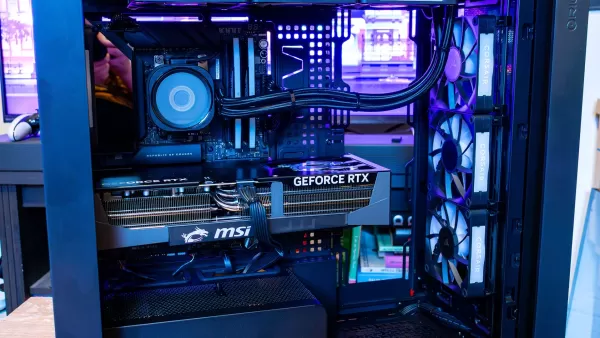 View 8 Images
View 8 Images

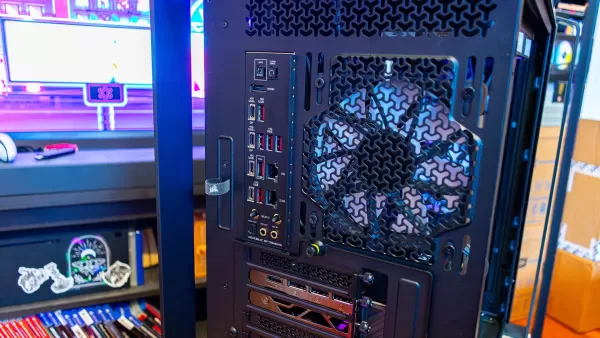
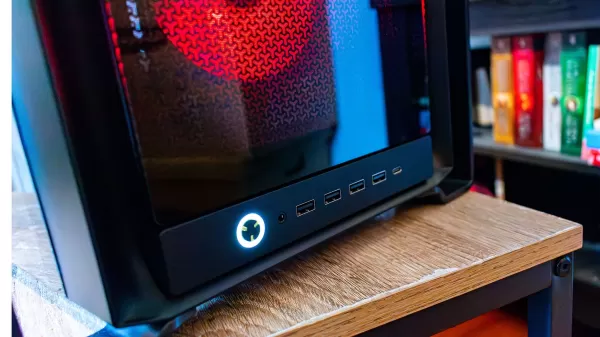
Design and Features
The Origin Millennium is a large computer, housed in a full-tower ATX case enhanced with steel bars on all four corners, making it even more imposing. The case alone weighs 33 pounds, and that's before adding high-end components like the MSI RTX 5090 Gaming Trio, a power supply, and a 360mm AIO. The wooden crate it ships in adds to the weight, making it a challenge to move, especially to a third-floor walkup apartment.
The metal bars on the corners can complicate access to the system. While the configuration I reviewed should last for years, occasional maintenance will be necessary. The metal bar on the back left corner can obstruct the smooth removal of the glass side panel, which I found out the hard way when I first opened the system to remove a styrofoam insert.
Although the metal bars can be removed with allen bolts, this adds an extra step to accessing the system. Once inside, the build is incredibly spacious, even with a massive 14-inch graphics card, ensuring excellent airflow. Origin excels in cable management, neatly arranging cables behind the motherboard tray and through grommets, minimizing visible wires.
However, in an attempt to hide wires, Origin made an unusual choice. The case has three 120mm intake fans at the front, but their power cables and front panel connectors are routed underneath the system, creating a bundle of wires outside the computer. This approach to cable management is unique but could lead to potential issues if the wires get caught on something.
You can configure the system to have front ports and the power button on the top or bottom of the case. My review unit had them mounted on the bottom, ideal for desk setups, but the option for top mounting is great for those planning to place the PC in a living room or under a desk.
The front panel includes four USB-A and one USB-C port, and the back of the system, equipped with the Asus ROG Crosshair X870E Hero motherboard, offers four USB-C ports, six USB-A ports, two Ethernet ports, and an HDMI port for onboard graphics. The RTX 5090 provides three DisplayPort and one HDMI, standard for Blackwell GPUs.
All in the Configuration
The configuration I reviewed is overkill for most users, but Origin PC allows you to tailor your system to your needs. The high-end configuration costs $7,241, but you can opt for a more budget-friendly setup with an AMD Ryzen 5 9600X, 32GB of RAM, and an AMD Radeon RX 9070 XT, priced at $3,392, still capable of 4K gaming.
Building the mid-range version yourself would cost around $2,397, meaning you're paying about $1,000 for Origin to assemble it. For the high-end configuration, you could source parts for about $6,506 on PCPartPicker. The premium for assembly is significant, but Origin offers a standard one-year warranty and lifetime support, including free upgrades if you purchase new parts.
The wooden crate, while cumbersome, provides unparalleled safety during shipping. Whether this extra cost is worthwhile depends on your comfort with building and maintaining a PC and the value you place on time and convenience. Origin's excellent cable management is another factor to consider.
Performance
The Origin Millennium I tested, equipped with an Nvidia GeForce RTX 5090, an AMD Ryzen 7 9800X3D, and 64GB of RAM, is a powerhouse. At 4K resolution, nearly every game I tested exceeded 100 fps without frame generation. Only two games fell short: Assassins Creed Shadows at 75 fps and Metro Exodus at 97 fps, the latter due to its ray tracing workload without upscaling support.
For Assassins Creed Shadows, 75 fps is still highly playable, and enabling frame generation boosts it to 132 fps, though at the cost of increased latency from 33ms to 42ms. This increase might be noticeable to some, but it's generally not a significant issue in single-player games.
Cyberpunk 2077, tested with the Ray Tracing Ultra preset and DLSS in performance mode, achieved 127 fps with 23ms latency without frame generation. With Multi-Frame Generation at 4x, the frame rate soared to 373 fps, with latency only rising to 28ms, well beyond what most monitors can display.
Even without frame generation, the Origin Millennium delivers exceptional performance, ensuring you won't need to compromise on image quality for any current game.









